Top 9 Most Important Vitamins for Eye Health
Your eyes are intricate organs that require a wide range of vitamins and minerals to function correctly. Common eye diseases include diabetic retinopathy, ... read more...age-related macular degeneration (AMD), glaucoma, and cataracts. Though these illnesses are caused by a multitude of variables, diet appears to have an impact on all of them – at least in part. The following are the essential vitamins and minerals for maintaining eye health.
-
Vitamin A is important for eyesight because it keeps the cornea, the outer coating of your eye, clean. This vitamin is also found in rhodopsin, a protein in your eyes that helps you to see in dim light. Vitamin A deficiency is uncommon in affluent nations, but if left untreated, it can result in a dangerous illness known as xerophthalmia. Xerophthalmia is a chronic eye condition that causes night blindness. If you don't get enough vitamin A, your tear ducts and eyes will dry out. Your cornea eventually softens, resulting in permanent blindness.
Vitamin A may also protect against other eye diseases. Some research suggests that diets high in vitamin A may be linked to a lower incidence of cataracts and AMD. Vitamin A-rich meals are preferred over supplements for overall eye health. Sweet potatoes, lush green vegetables, pumpkins, and bell peppers are also good sources.
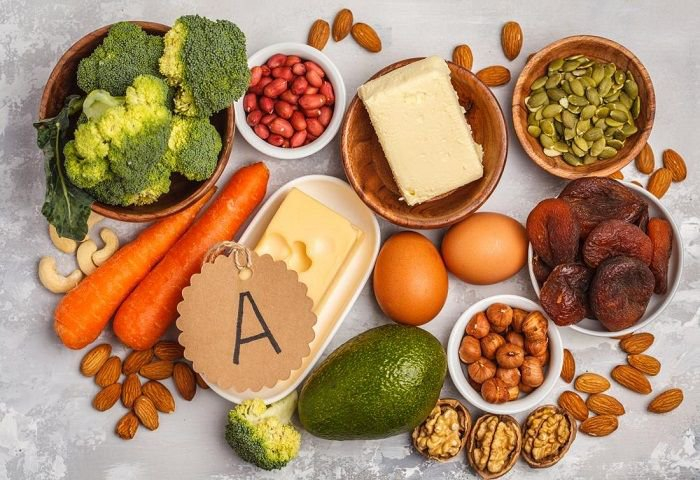
Vitamin A 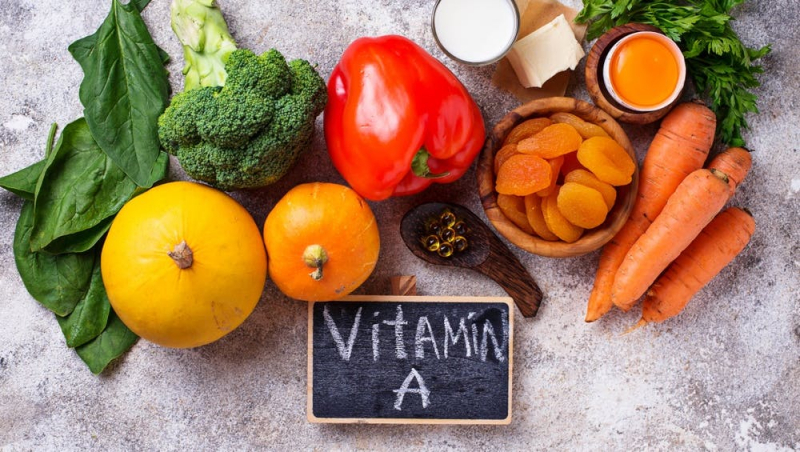
Vitamin A -
Many eye disorders are thought to be caused by oxidative stress, which is an imbalance in your body's antioxidants and free radicals. Vitamin E is a powerful antioxidant that protects your cells, especially your eye cells, from free radical damage. Free radicals are destructive, unstable chemicals. A seven-year study of 3,640 persons with AMD found that taking 400 IU (international unit) of vitamin E and many other nutrients daily in a supplement called age-related eye disease studies (AREDS) lowered the probability of advancing to advanced stages by 25%.
Furthermore, some research suggests that vitamin E-rich diets may help prevent age-related cataracts. More study is needed, however, because some studies suggest no link between vitamin E and this illness. Nonetheless, a diet rich in vitamin E is suggested to preserve good eye health. Nuts, seeds, and cooking oils are all high in vitamin E. Salmon, avocado, and leafy green vegetables are also high in vitamin D.
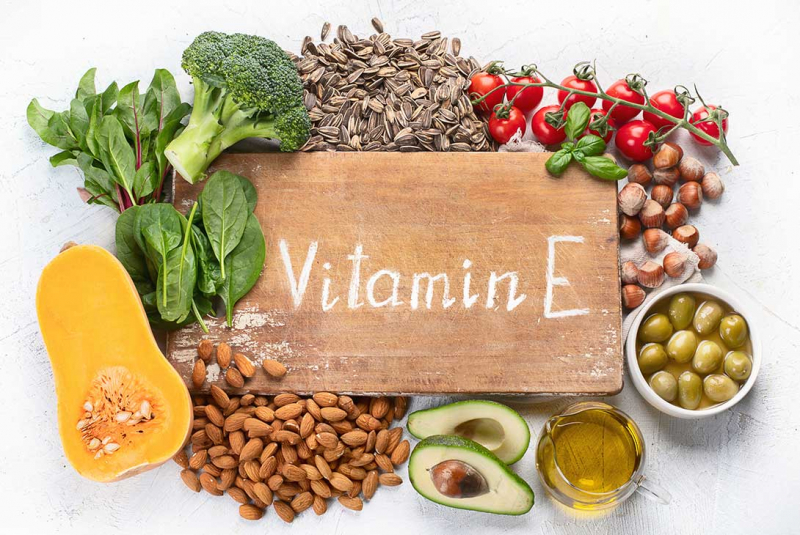
Vitamin E 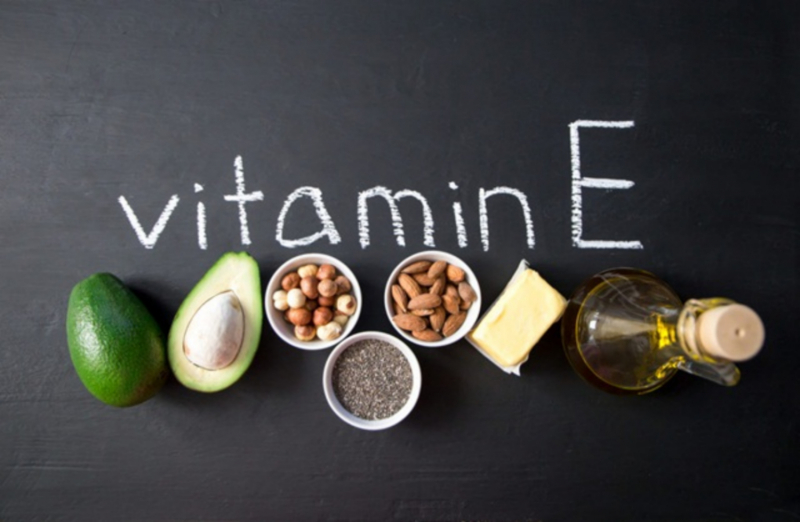
Vitamin E -
Vitamin C, like vitamin E, is a potent antioxidant that may protect your eyes from harmful free radicals. The supplement AREDS, which may aid patients with AMD, contains vitamin C and numerous other nutrients. AREDS may lessen the chance of this illness advancing by 25% when taken daily, according to one research. Furthermore, vitamin C is essential for the production of collagen, a protein that provides structure to your eye, particularly the cornea and sclera.
Several observational studies show that vitamin C may reduce your chance of getting cataracts, a disorder that causes your eye to fog and hinders vision. One observational research, for example, found that consuming more than 490 mg of vitamin C per day decreased the chance of getting cataracts by 75% when compared to 125 mg or less. Another study discovered that taking vitamin C pills on a daily basis may lower the incidence of cataracts by 45%. Citrus and tropical fruits, bell peppers, broccoli, and kale have particularly high levels of vitamin C, making them excellent choices for increasing your daily consumption.
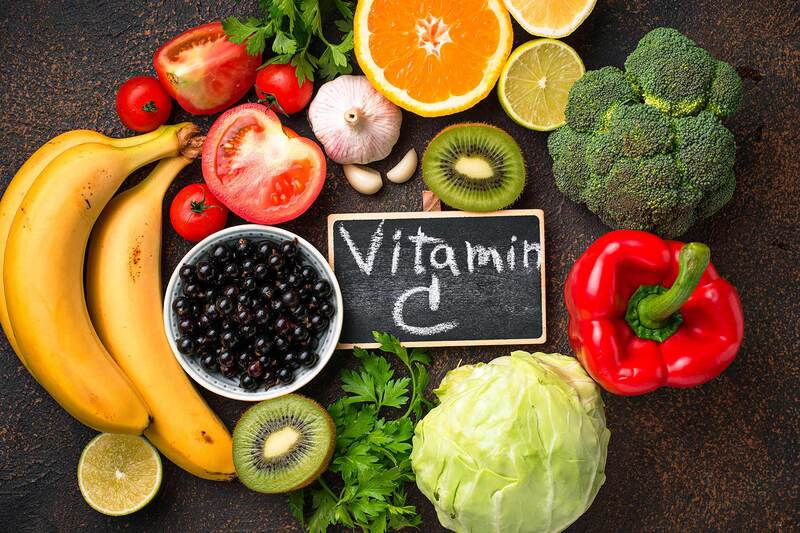
Vitamin C 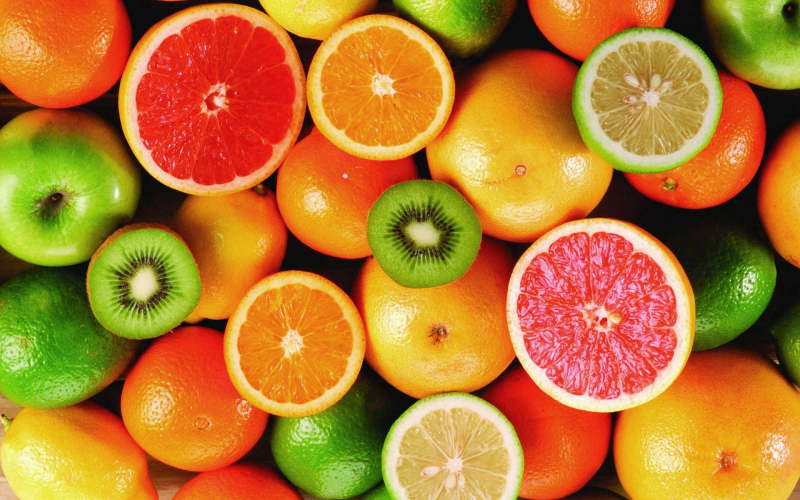
Vitamin C -
Researchers have also investigated the effects of several B vitamins on eye health, including vitamins B6, B9, and B12. This vitamin combination can help decrease homocysteine levels in your body, a protein that has been linked to inflammation and an increased risk of developing AMD. Clinical research on women found that consuming 1,000 mcg of vitamin B12 together with vitamins B6 and B9 decreased the chance of getting AMD by 34%.
More study, however, is required to prove the advantages of these supplements. Furthermore, it's uncertain if increasing your consumption of vitamin B-rich foods would have the same impact. The combination of vitamins B6, B9, and B12 may help reduce your risk of developing AMD by lowering your homocysteine levels.
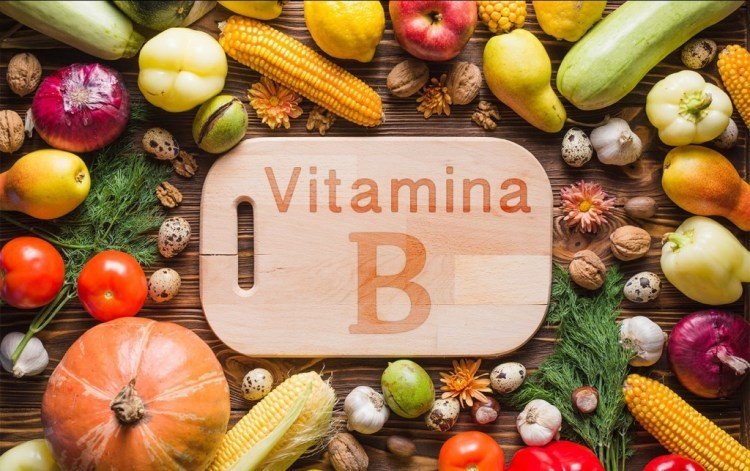
Vitamins B6, B9, and B12 
Vitamins B6, B9, and B12 -
Riboflavin is another B vitamin that has been researched in connection to eye health (vitamin B2). Riboflavin, as an antioxidant, has the ability to lower oxidative stress in your body, including your eyes. Scientists are particularly interested in riboflavin's ability to prevent cataracts, as riboflavin shortage can lead to this ailment. Surprisingly, many people who have cataracts are also low in this antioxidant.
One study indicated that consuming 1.6-2.2 mg of riboflavin per day, as opposed to.08 mg per day, reduced the incidence of cataract formation by 31-51%. Riboflavin is recommended to be consumed at a daily dose of 1.1-1.3 milligrams. Because many foods contain riboflavin, it is typically simple to meet this need. Oats, milk, yogurt, meat, and fortified cereals are among the examples.
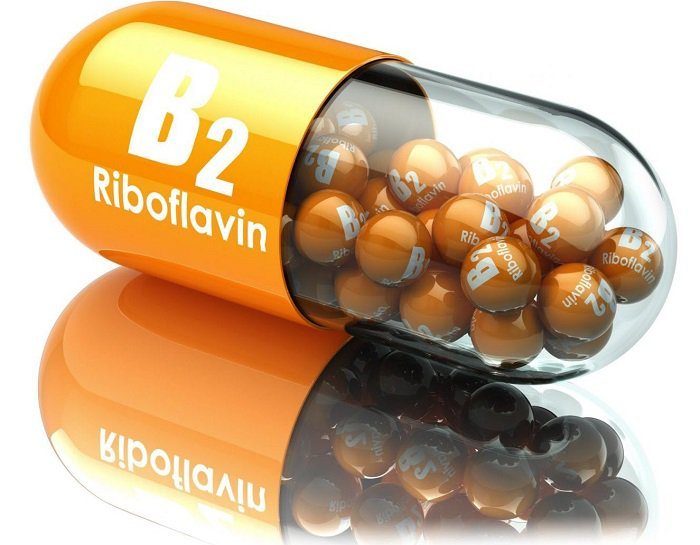
Riboflavin 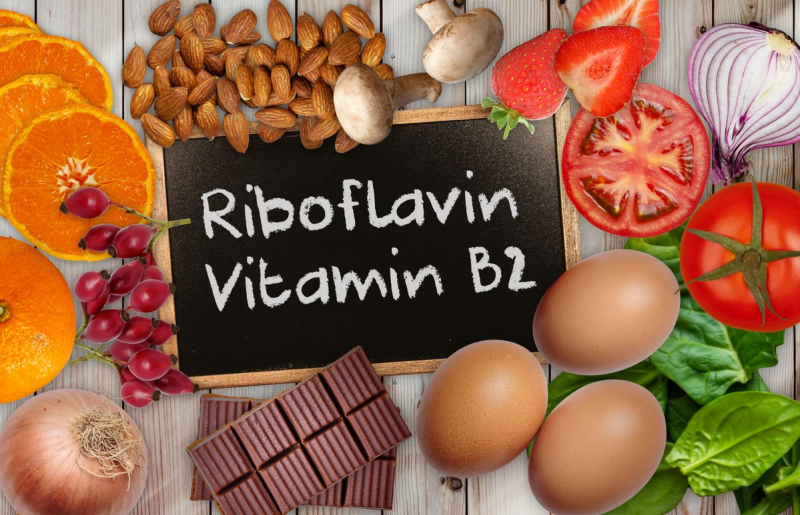
Riboflavin -
The primary purpose of niacin (vitamin B3) in your body is to aid in the conversion of food into energy. It also has antioxidant properties. Recent research suggests that niacin may help prevent glaucoma, a disorder in which the optic nerve in your eye becomes injured. Observational research on the nutritional consumption of Korean people and their risk of glaucoma, for example, discovered a link between low dietary intake of niacin and this ailment. Furthermore, an animal study revealed that high dosages of niacin supplementation were useful in the prevention of glaucoma.
More investigation into the potential relationship between niacin and glaucoma is required. Supplements should only be taken with extreme caution. When ingested in high doses of 1.5-5 grams per day, niacin can cause eye problems such as impaired vision, macular degeneration, and corneal inflammation. However, there is no evidence that eating meals rich in niacin has any negative consequences. Beef, chicken, fish, mushrooms, peanuts, and legumes are some food sources.
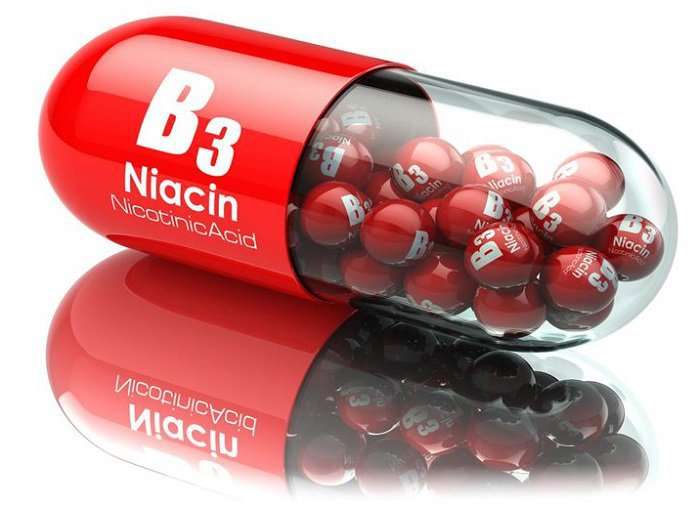
Niacin 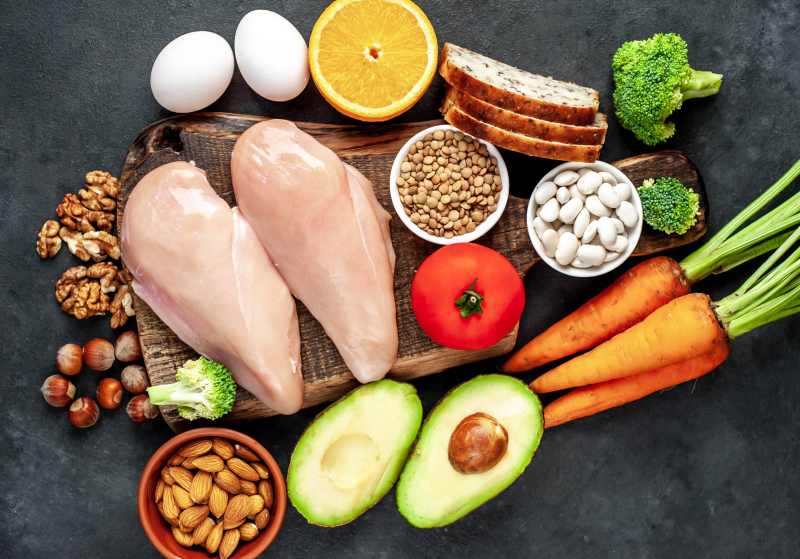
Niacin -
Lutein and zeaxanthin are members of the carotenoid family, a group of useful substances that plants produce. Both of these carotenoids may be found in your eyes' macula and retina, where they help filter potentially damaging blue light, safeguarding your eyes. Several studies indicate that these plant components may help to prevent cataracts and reduce the course of AMD. A randomized, controlled trial discovered that lutein may be beneficial to persons with cataracts. Over a two-year period, participants who took supplements containing 15 mg of lutein three times per week saw improvements in their eyesight.
These chemicals do not have recommended daily intakes or acceptable supplementary dosages. However, studies have utilized up to 20 mg of lutein per day for two years with no deleterious effects. However, supplements may not be required. A diet rich in fruits and vegetables naturally offers 6 mg of lutein and zeaxanthin, which may give advantages. These carotenoids are notably abundant in cooked spinach, kale, and collard greens.

Lutein and Zeaxanthin 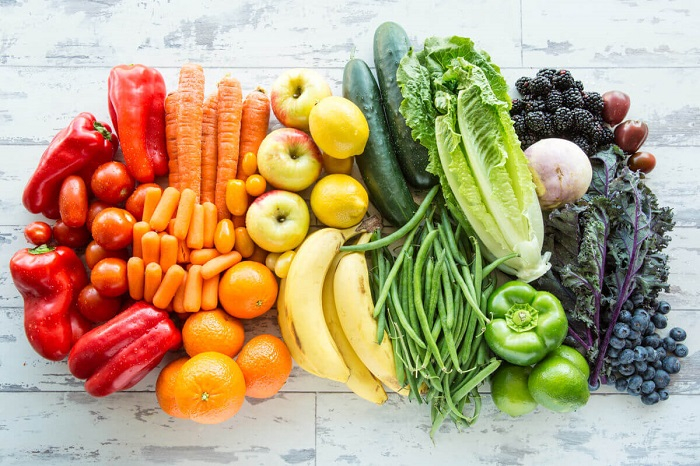
Lutein and Zeaxanthin -
Polyunsaturated fats include omega-3 fatty acids. Docosahexaenoic acid (DHA), a form of omega-3 fatty acid, is abundant in the cell membranes of your retina. Aside from aiding in the formation of eye cells, omega-3 fats contain anti-inflammatory effects that may aid in the prevention of diabetic retinopathy. According to an analysis of 31 research, diets heavy in fatty fish, such as the typical Mediterranean diet, may protect against diabetic retinopathy. Although further study is needed to confirm these findings, they suggest that fatty acids may be to blame.
Omega-3 fatty acids may also assist those with dry eye conditions generate more tears. A lack of tears causes dryness, discomfort, and occasional hazy vision with this syndrome. Include omega-3 fatty acid-rich foods in your diets, such as fish, flaxseed, chia seeds, soy, and almonds. Omega-3 fatty acids can also be present in culinary oils like canola and olive oil.
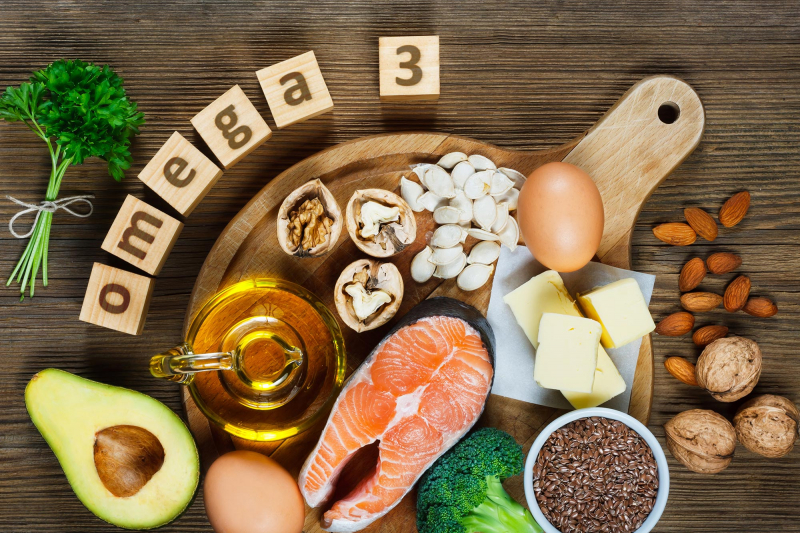
Omega-3 Fatty Acids 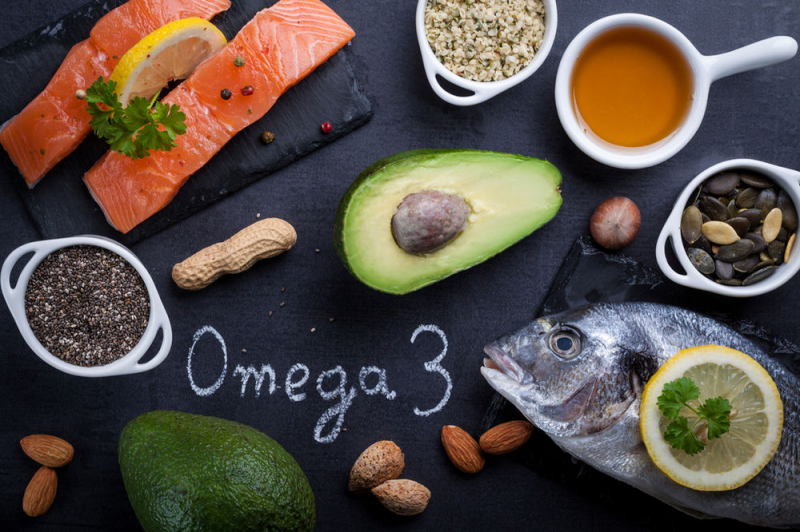
Omega-3 Fatty Acids -
Thiamine, often known as vitamin B1, aids in cell activity and the conversion of food into energy. It may be useful in lowering the risk of cataracts. An observational study of 2,900 persons in Australia found that eating a high-thiamine diet reduced the chance of acquiring cataracts by 40%. Protein, vitamin A, niacin, and riboflavin may help protect against cataracts, according to one study.
Furthermore, thiamine has been considered a viable therapy for diabetic retinopathy in its early phases. A clinical investigation discovered that taking 100 mg of thiamine three times per day lowered the quantity of albumin in urine, which is an indicator of diabetic retinopathy in type 2 diabetes. Whole grains, pork, and fish are all good sources of thiamine. Thiamine is also commonly added to meals such as morning cereals, bread, and pasta.
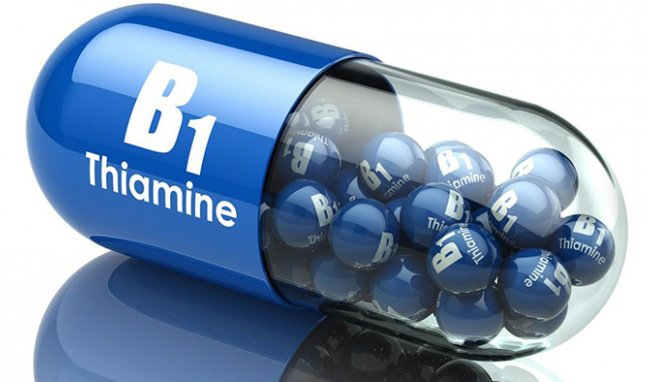
Thiamine 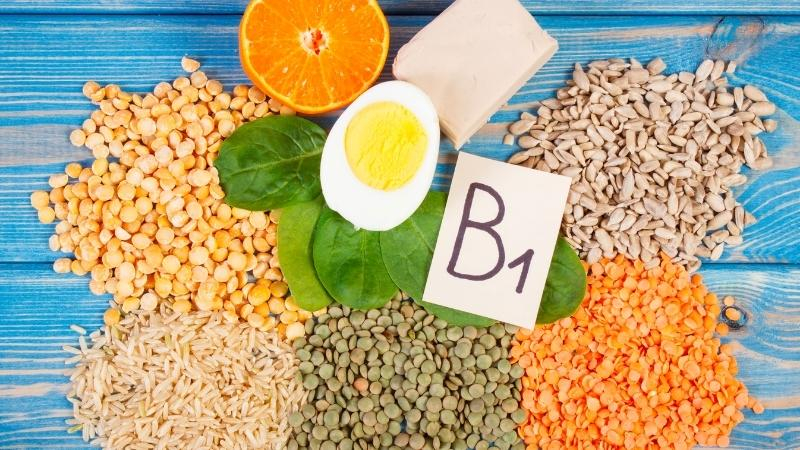
Thiamine






























